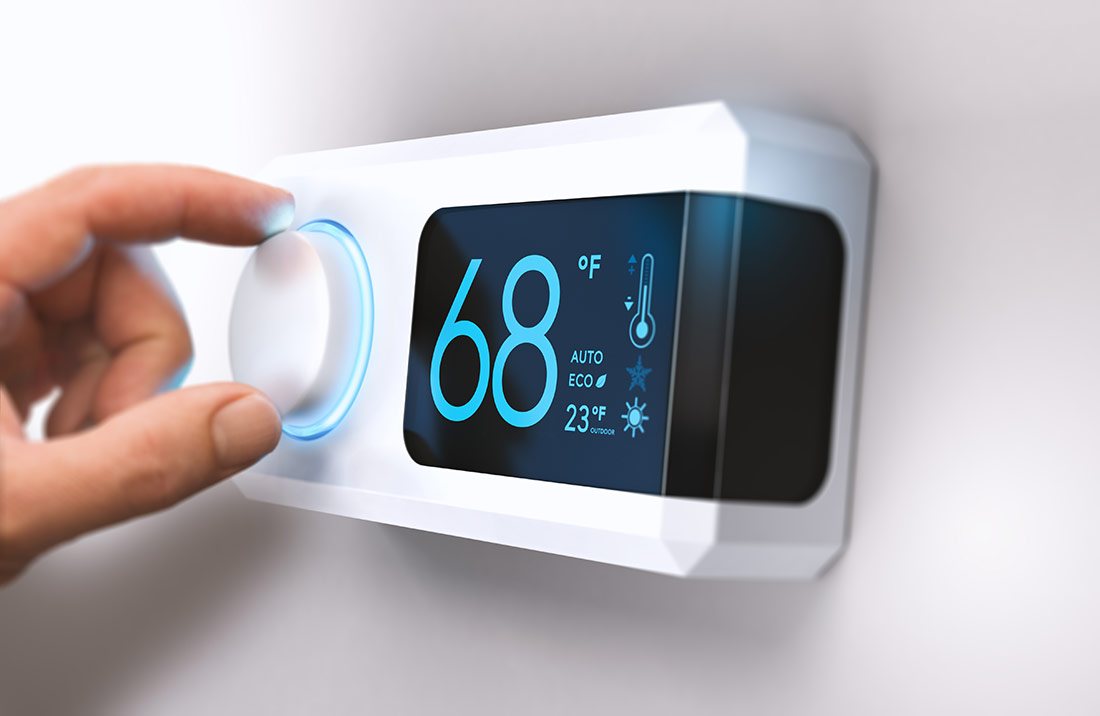Why Choose Spray Foam Insulation?
Benefits Of Spray Foam Insulation
With some of the highest insulation R-values available, spray foam insulation can improve efficiency and comfort. Spray polyurethane foam (SPF) is a versatile insulation and sealant that can create a continuous air barrier on multiple surfaces in homes or buildings, including ceilings, walls and concrete slabs. Spray polyurethane foam is created by mixing two fast-reacting liquids, isocyanate and polyol resin, that expand to create foam when mixed.
Closed-Cell And Open-Cell
Open-cell foam has a lower R-value per inch than closed-cell, and is typically about 30% less expensive. Due to the lower R-value, open-cell must be applied in a thicker layer. Because of this, it lends itself to areas that offer more space, such as attics, ceilings and floor joists.
Closed-cell foam is more expensive, but that investment pays off in a higher R-value per inch. In addition, because of it's 'sticky' qualities and rigidity once cured, it can also provide increased structural integrity to walls and ceilings.

Air Leaks and Infiltration
Up to 40 percent of a building’s energy is lost due to air infiltration.
Gaps and air leaks allow expensive heating and air conditioning to go to waste, and needlessly increase energy bills. The U.S. Department of Energy estimates that 56 percent of a home’s energy is used for heating and cooling.1
An alternative to traditional cellulose and fiberglass insulation, spray foam insulation resists heat transfer and insulates and seals gaps. SPF creates a tight barrier and prevents hot and cold air, vapor and moisture from penetrating into a building’s interior. It can also be an effective a sound barrier.
Energy Savings
When applied, spray polyurethane foam expands to insulate and fill cracks and gaps to provide a consistent air seal. According to the U.S. Department of Energy, using spray foam to minimize air leaks in walls and roofs, a typical homeowner could save up to 15 percent on heating and cooling costs.2
Spray foam insulation can be used to seal areas that commonly involve air leaks, including:
- Plumbing vents
- Attic hatches
- Wiring holes
- Behind knee walls
- Basement rim joists
- Windows and doors
- Open soffits
- Recessed light, furnace flue or duct chaseways


Thermal Performance and R-value
Spray foam insulation provides excellent thermal performance and the highest R-value (a measure of thermal resistance) per inch for greater potential energy savings compared to other forms of insulation of comparable thickness. The higher the R-value, the greater the insulating properties of a material.
R-values for spray foam insulation range from 3.5 to 7 per inch of thickness, and some spray polyurethane foams provide the same energy savings in half the amount of space that may be typically required.3 To further illustrate the efficiency, if all of the 113 million single-family homes in the United States used SPF for insulation, Americans could save up to $33 billion in energy costs each year.4
Notes
- http://energy.gov/heating-and-cooling
- Visit the U.S. Department of Energy’s website to learn more about the value of air sealing here: https://www.energystar.gov/index.cfm?c=home_sealing.hm_ improvement_methodology.
- See U.S. Department of Energy’s website for a comparison of available insulation materials: http://www.energy.gov/energysaver/types-insulation.
- Savings based on estimates from the American Chemistry Council Economic Department using 2013 industry data.






